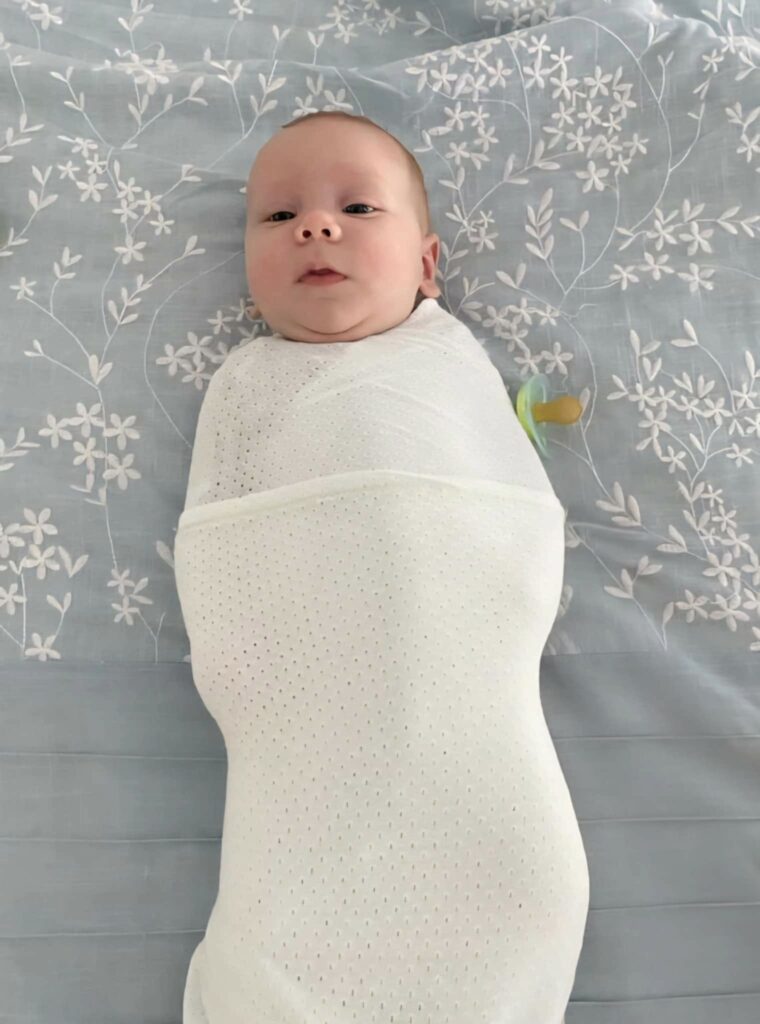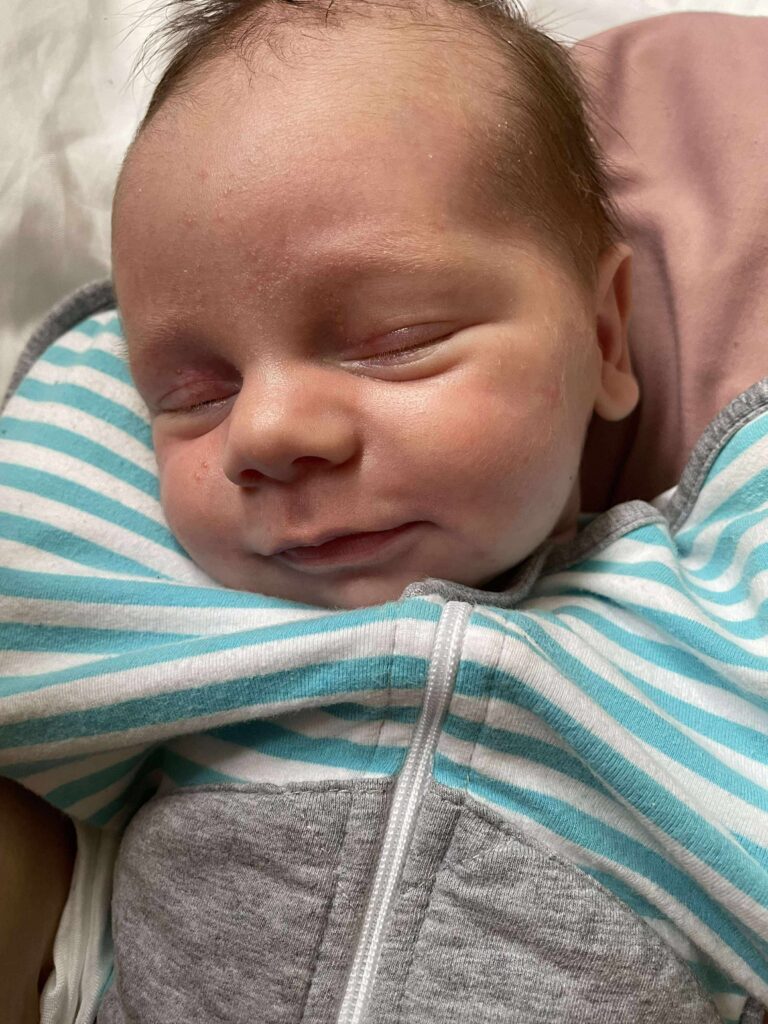How to Dress Your Baby for the Australian Weather — Safely and Comfortably
Becoming a parent brings so many beautiful firsts — first smiles, first cuddles, and yes, the first time you wonder: “Is my baby too hot? Too cold? What on Earth should I dress them in?”
It’s a question I get all the time from new parents, and with good reason. Australia’s climate varies widely from steamy summer nights to crisp winter mornings, and knowing how to dress your baby safely for sleep (without over- or under-doing it) can feel overwhelming. So let’s break it down together, step by step.
🩷 **Why Dressing Baby Right Matters**
Your baby can’t tell you if they’re hot or cold — they rely on you to help regulate their temperature. Dressing appropriately not only keeps your baby comfortable, but it’s also important for their safety.
Overheating has been linked to increased risk of SIDS (Sudden Infant Death Syndrome). So when it comes to sleepwear, less is often more — with thoughtful layering and safe sleep practices.
☀️ **Dressing Baby in Warmer Weather (Spring & Summer)**
In many parts of Australia, summer nights can stay hot and sticky — especially in places like Queensland or the Northern Rivers of NSW.
What to dress baby in:
* A light cotton singlet or short-sleeved bodysuit.
* A 0.2–0.5 TOG sleeveless or short-sleeve sleep sack (look for breathable materials like organic cotton or bamboo).
* If the room is very warm (26°C+), baby may just need a nappy and muslin swaddle or light sleep sack.
**SIDS safe sleep tip:** Avoid overdressing. A sweaty back or damp hair can be signs baby is too hot. Keep the room well-ventilated and avoid thick blankets or quilts.
❄️ **Dressing Baby in Cooler Weather (Autumn & Winter)**
During winter, especially in southern states like Victoria or Tasmania, nights can get chilly. The key is layering — without compromising on safety.
What to dress baby in:
* A long-sleeved singlet.
* A onesie or footed growsuit made of cotton or merino wool.
* A 1.0–2.5 TOG sleep sack with sleeves or sleeveless depending on the room temperature.
* Room between 16–20°C? Opt for a 2.5 TOG sleep sack.
Extra tips:
* No hats or beanies during sleep** — babies regulate heat through their heads, and hats can be a suffocation risk.
* No loose blankets, bumpers or toys in the cot.
🌡️ **How to Know if Baby Is Comfortable**
You can check baby’s temperature by feeling their chest, back or neck — these spots give a better indication than hands or feet (which can often feel cool). Baby should feel warm but not sweaty.
💡 **Great Baby Sleepwear Brands to Consider (Australia-Friendly)**
If you’re looking for high-quality, safe sleep sacks and suits, here are a few tried and true favourites:
* Ergopouch – Known for their TOG-rated sleep sacks and swaddles.
* Love to Dream – Great for younger babies, especially the swaddle-up suits.
* Woolbabe – Perfect for colder regions, using breathable merino blends.
* Bonds – Affordable and accessible, their Wondersuits are a staple in many Aussie homes.
🛏️ **SIDS Safe Sleep Checklist**
To help reduce the risk of SIDS, always ensure:
* Baby sleeps on their back.
* Baby’s face and head are uncovered.
* Sleep space is firm and flat, with no soft bedding or toys.
* Baby is in a safe cot in the same room as you for the first 6–12 months.
🤱 **You’re doing amazing!**
Dressing your baby for sleep doesn’t need to be complicated. With a little guidance (and maybe a few extra cuddles), you’ll soon feel confident tuning in to your baby’s cues and choosing the right layers.
And remember, it’s okay to ask for help! If you’re unsure about anything — from babywearing in hot weather to understanding TOG ratings — that’s exactly what doulas are here for.
Warm hugs,
Trish


